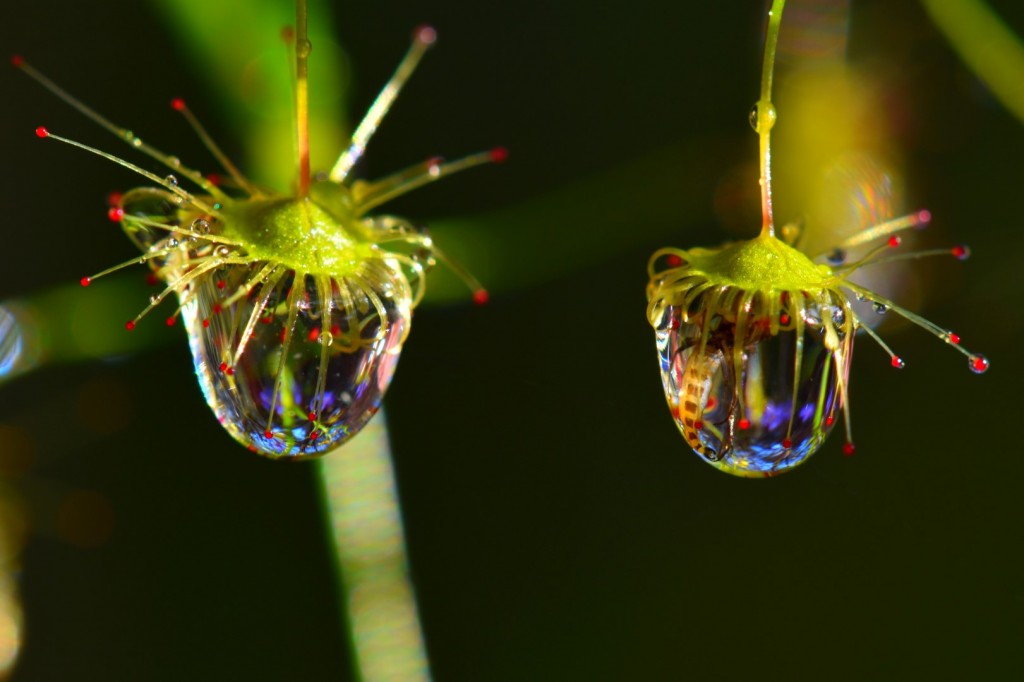 The photography opportunities down here in Denmark are surprisingly great considering it’s been winter and the weather’s been rather wet and miserable. This picture above shows a local Drosera plant which has captured an insect, then the over night rains have created an interesting bubble of water around the captured insect.
The photography opportunities down here in Denmark are surprisingly great considering it’s been winter and the weather’s been rather wet and miserable. This picture above shows a local Drosera plant which has captured an insect, then the over night rains have created an interesting bubble of water around the captured insect.
I’ve been kept busy with photographs, my brother and sister in law suggested that I might like to get some of my photos printed on canvases and hang them in their gallery. So, I had planned on leaving here about four weeks ago, but instead I’ve been spending all day every day on photos, photos, photos.
Not just taking photos, it’s been about learning so many different aspects, firstly learning never to put the camera in “auto” mode, which I’d done so often in the past. Learning about light, lighting of the subject and light metering, composing the picture, focusing, balance, on and on it goes. I used to think that I took some reasonable photos but now I realize my photos were really quite poor. Well, my photos are still pretty poor, but they are a work in progress.
All of the pictures in this post are taken within about 200m of where my van is parked here in the bush, many of them within only about 50m of the van, and all pictures were taken during the day, even those that look like they’ve been taken at night.
I guess that’s the brilliant aspect of macro photography, you don’t need to go far to find interesting photo opportunities, you just need to take your time and look around you.
So what now? I had originally planned on doing a rock fossicking trip up into the goldfields and wheat belt areas looking for semiprecious stones and gems. But, now I’ll be travelling in the same areas concentrating more on the wildflowers. We are now hitting peak wildflower season in Western Australia and our wildflowers are world renowned, so I really should get out there and make the most of it.
The wildflower season begins in the north around June and moves down through the state over the months hitting the south coast in about October. I’ve noticed over the last few weeks that there are many new wildflowers coming into season around this area of the south coast so I need to head north so that I can get into the thick of it, then follow it back down to the south coast over the coming weeks.
Isn’t that one of the freakiest flowers you’ve ever seen? Hammer orchids are highly specialized and only fertilized by the Thynnid wasp. Female Thynnid wasps are flightless and climb to the top of plants waiting for males to come and pick them up to carry them off for mating. The hammer orchid mimics the female wasp both in looks and also pheromones that it releases, waiting for the male to come to grab it and try to fly away. When the male wasp grabs the labellem (the dark bit of the flower) and tries to fly away, it’s flipped over knocking into the reproductive bits at the other end of the flower.
Life as an insect is tough. If plants aren’t fooling you like the hammer orchids, they are just trapping you, and eating you like the large selection of drossera’s growing everywhere throughout the bush, climbing high as trailing vines and flat on the ground, no place is safe.

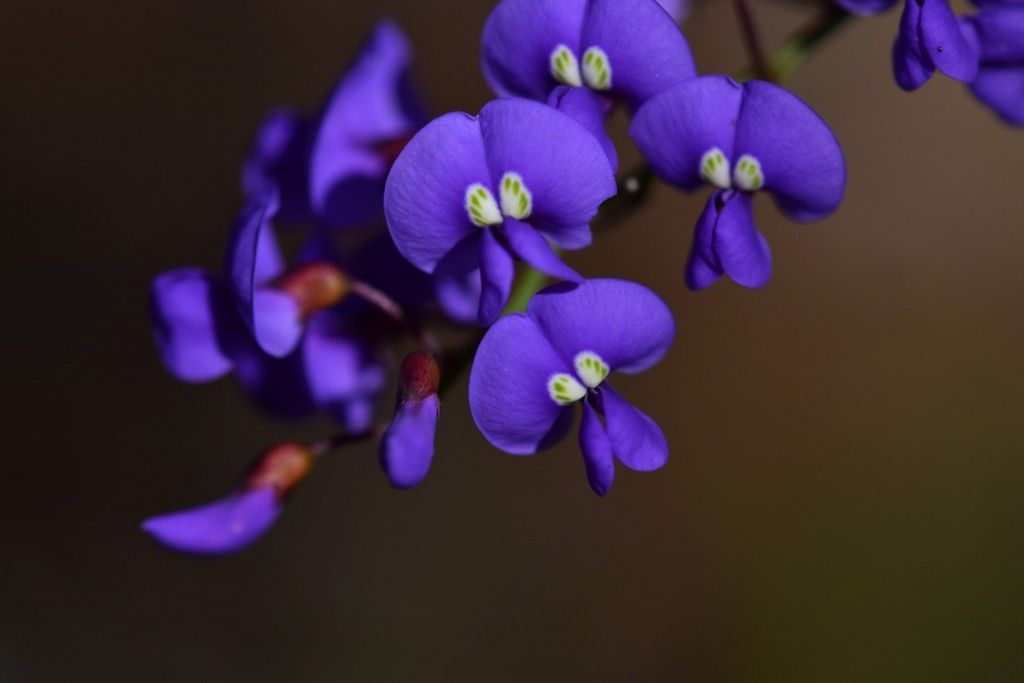
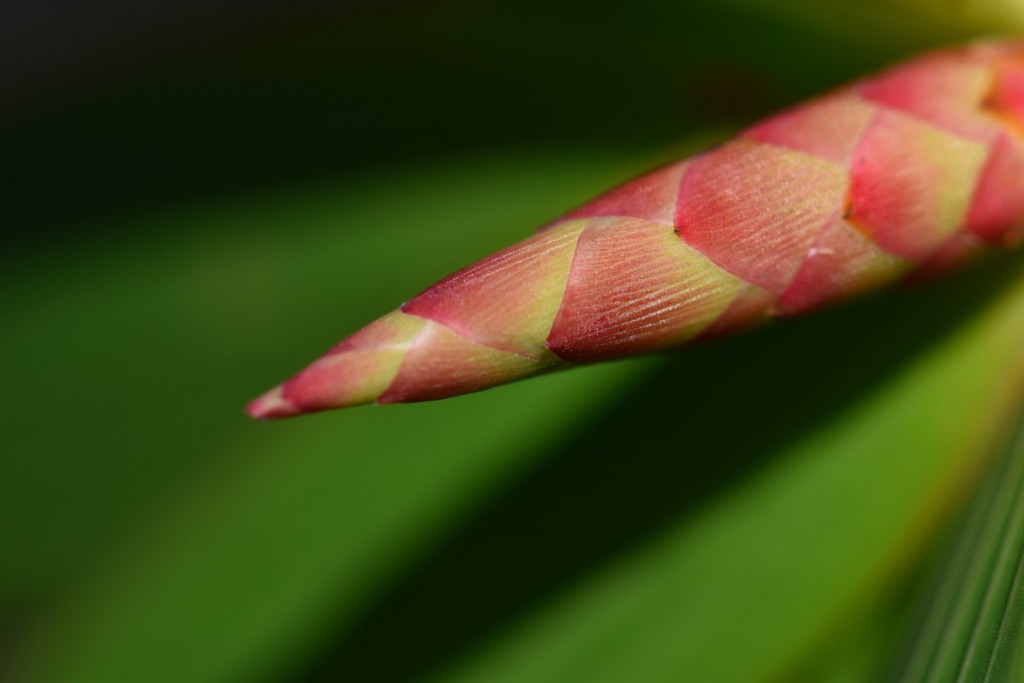
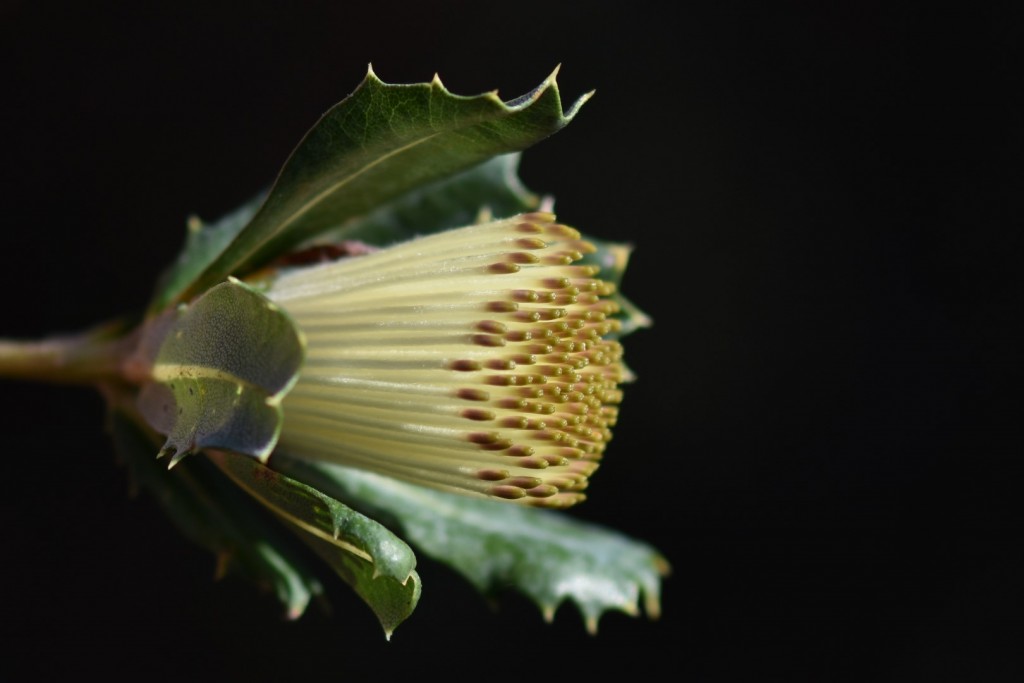
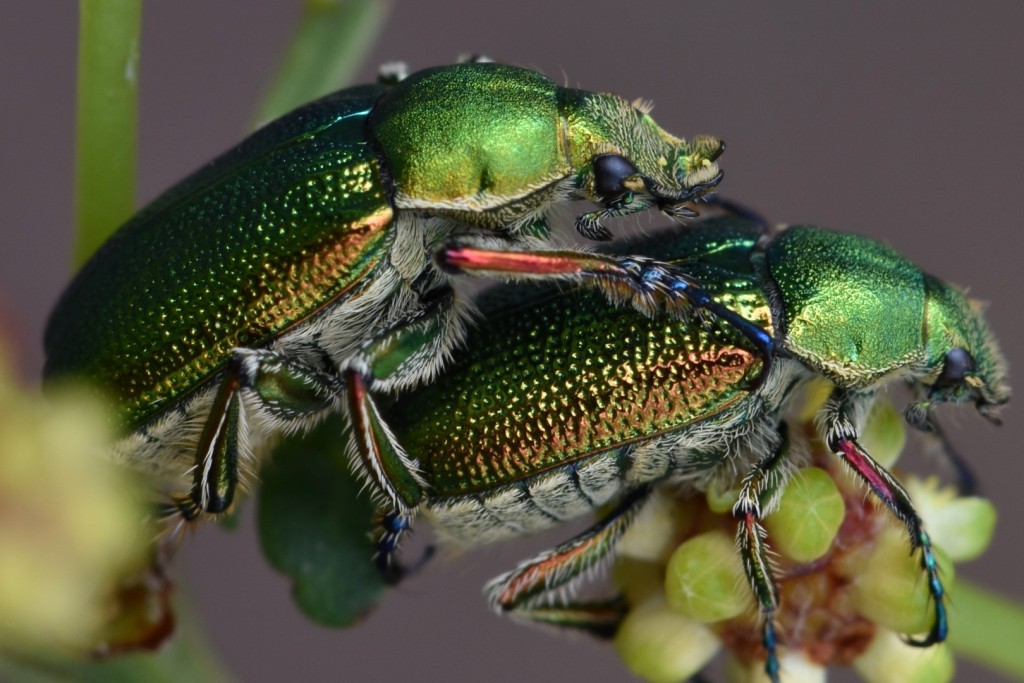
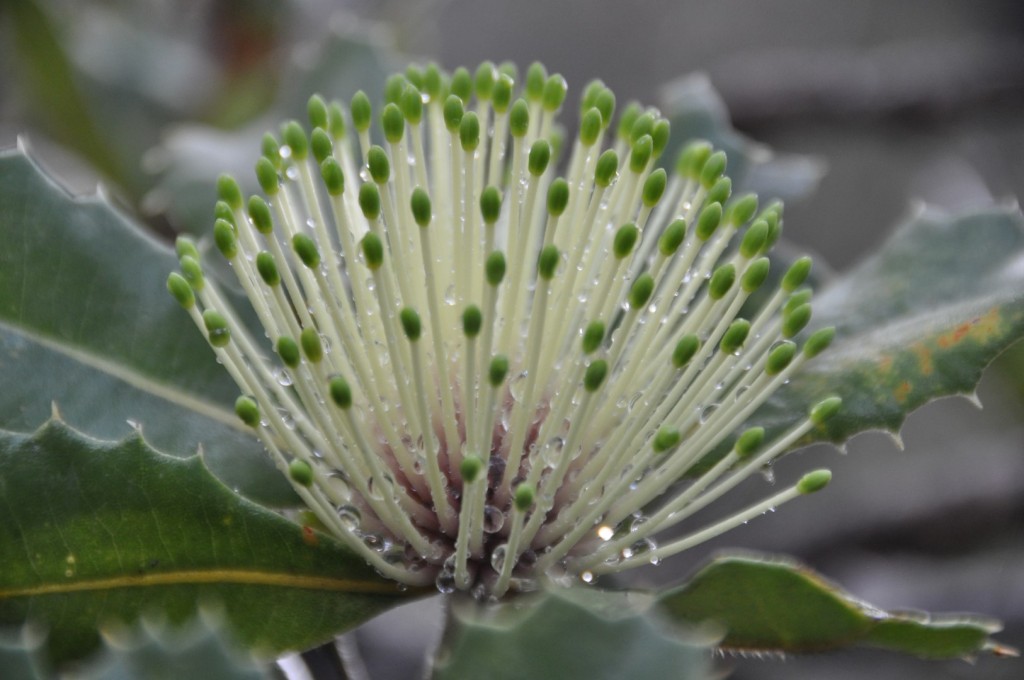

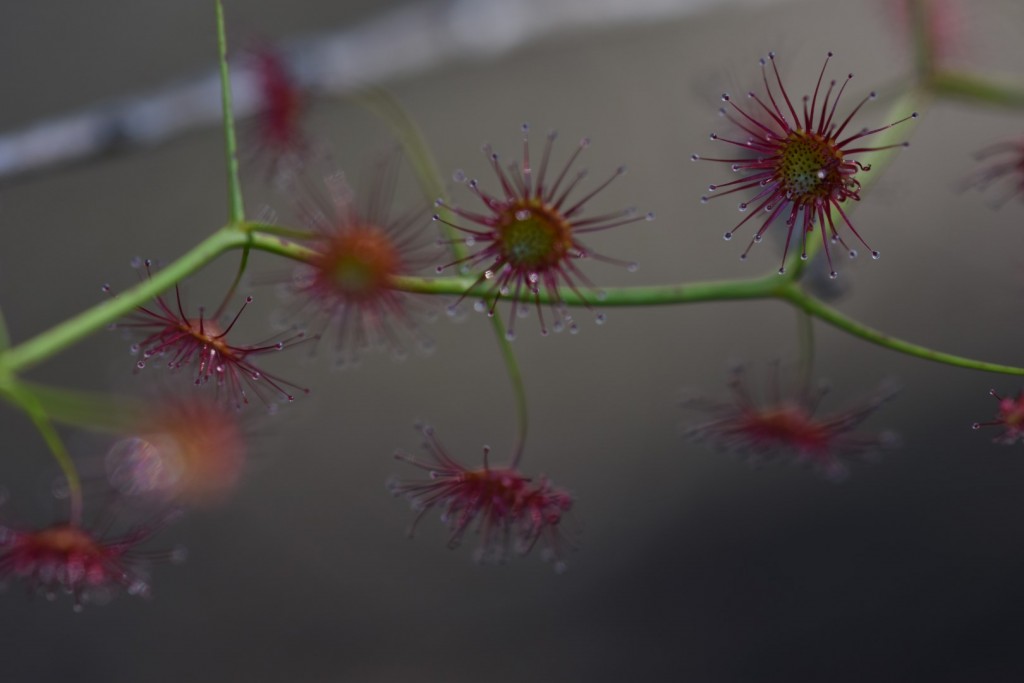
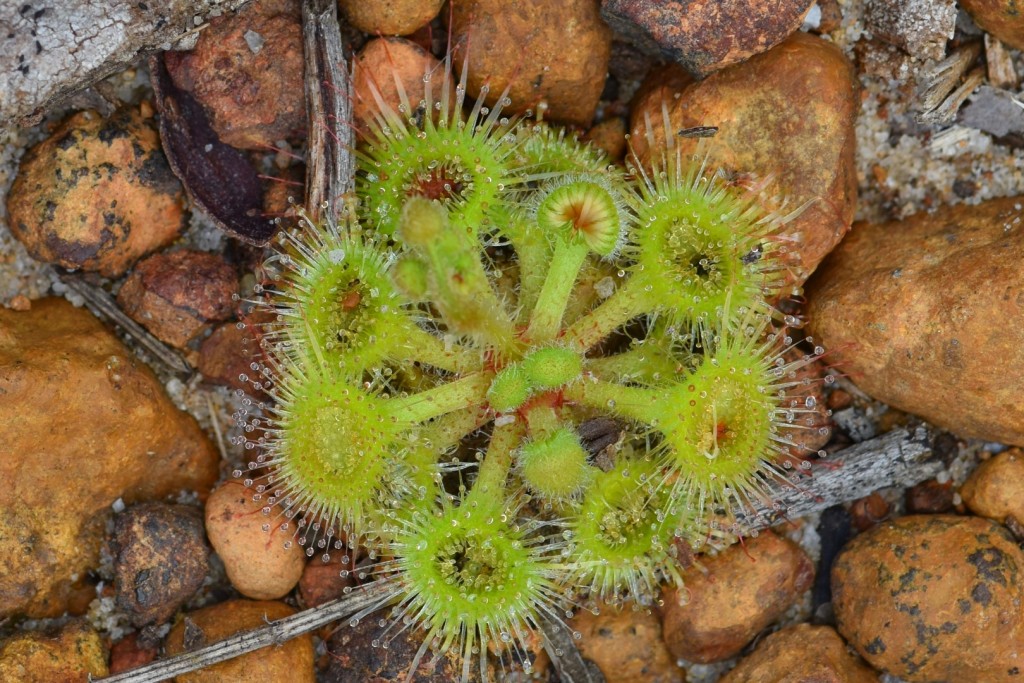
No Comments